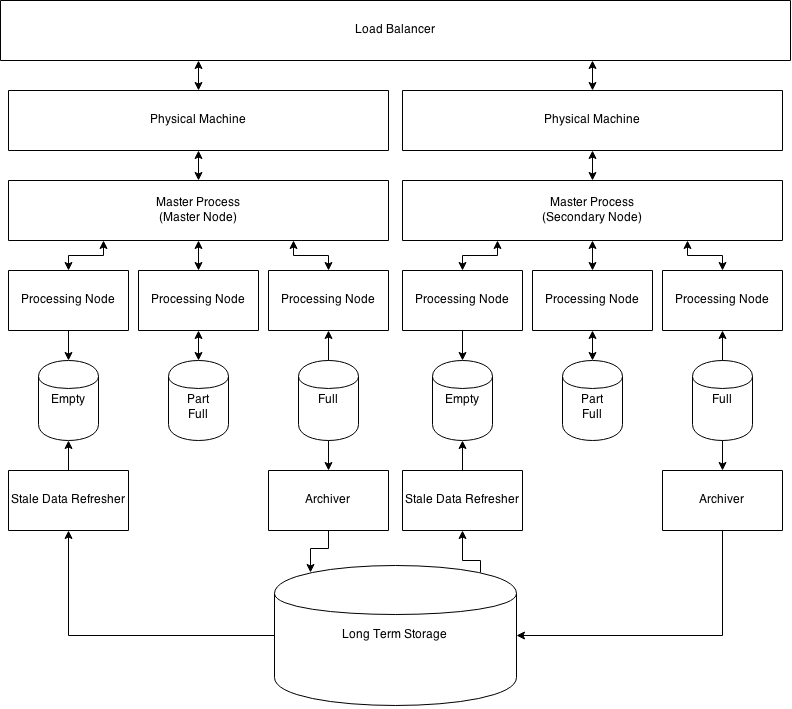precis v0.0.1
Precis
A different kind of eventing, logging, monitoring, and alerting product. We threw out all the rules and started from scratch to build something completely different.
Precis started out in its prototype form as a Monolithic Application to prove that logging and alerting were better suited to an event sourcing model.
The goals were simple, build a logging system that could provide aggregate reports, basic monitoring, and alerting through notifications sent via Email, HipChat, etc...
Once the basics were in place and the concept was proven then the overall architecture and approach were finalized.
Getting Started
Architecture
Architectural Overview
Precis is designed around mircoservices. Any part of the stack can be easily swapped out for another product or service without rearchitecting the rest of the stack. Granted, switching out the Event Bus that is used to move log messages from the application or system layers may be a bit more challenging as it will require that you update the configurations on the Aggregation Systems, Analytics Processors, Archival Processor, and any other 1st level consumers. Still this is made as easy as possible by making the Event Bus a plugin to each project.

As you can see in the diagram above Precis works with 3rd party applications pushing data to the Event Bus as long as the 3rd party application knows how to work with the Event Bus. In the example above FluentD is pushing data directly from Syslog and other systems into the (default) MongoDB that is being used as the Event Bus.
Consumers tie directly to the data store they need access to. Dashboarding could be fed from the aggregates stored in MongoDB. Kibana could be stacked on top of Elastic Search, and/or a graph frontend could be used on top of OrientDB (Neo4J, Titan, or whatever GraphDB you choose to use).
The Archiver is responsible for taking data from the event bus, recording it to a daily log, compressing it once the day is over, and moving the compressed archive off to Long Term Storage (by default S3). This allows for the actual log data to roll off the event bus once everything is done being processed.
Letting data roll off provides another problem though, what happens when we need the data back. This is where the Revival Source comes in to play. The Revival Source is responsible for taking the archives and making the available to any consumer. It provides a very simple to use RESTful interface that allows the fetching of specific records by ID or date/time filter. In the future the Revival Source will be expanded to support querying the archives in a manor similar to what MongoDB does today.
MongoDB as an Event Bus
If you didn't ask why we by default Precis was designed around MongoDB, you should have. There are other products on the market that could have been selected such as RabbitMQ, EventStore, and others. Eventually the plan is to support these products as the Event Bus as well.
Precis Revival Future Plans
Here is a high level overview of the future plans for the Precis Revival:

The basic idea is to create a self balancing system that can provide truly long term storage that can scale to Zetabyte data stores yet still provide "fast" access to the archived data.
So, what's the plan to achieve this. Simple, build LOTS of small processors that handle minimal data and build interlinked indexes that make finding and reviving data simple, fast, and easy. Sound crazy, maybe, but it's so simple it should work.
More details will be provided once this system is undertook.
11 years ago